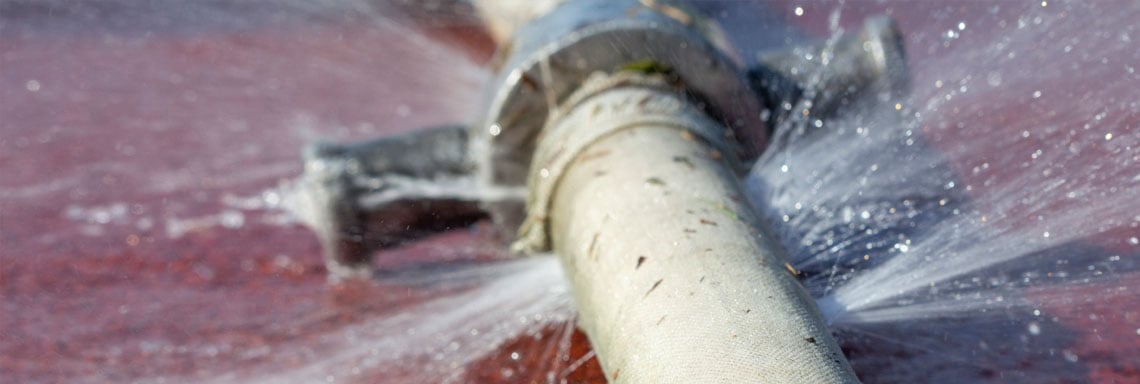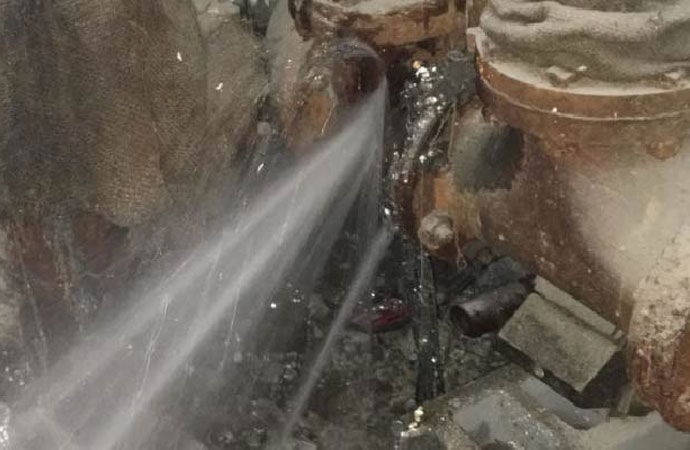Have you been interested in info on How to Prepare for Your Dishwasher Installation?

A ruptured pipeline is a major emergency; you can only stand as you enjoy water you pay a lot to rejoin with the earth. In worse situations, you see a swimming pool on your kitchen floor, which is a fantastic trip danger, specifically if you have youngsters around. If the pipeline that ruptured was in your walls, problem: you may require to paint that whole area.
Just how can a calamity like a burst pipe be avoided as well as handled? Well, by paying attention to your specialist emergency plumbing professionals and also adhering to these regulations.
How do I know when my pipes have burst?
Fluctuating water pressures
Pipes do not just burst in a day. You may have discovered that your kitchen area tap or shower doesn't run right away when you turn the faucet. It may pause for a few seconds and then blast you with more pressure than common.
In various other circumstances, the water might seem normal initially, then drop in stress after a couple of secs.
Damp wall surfaces and also water discolorations
Prior to a pipeline ruptureds, it will certainly leakage, the majority of times. If this relentless dripping goes undetected, the leakage might finish right into a vast wound in your pipeline. One very easy means to prevent this emergency is to keep an eye out for damp wall surfaces advertisement water discolorations. These water discolorations will certainly lead you right to the leakage.
Puddles under pipelines as well as sinks
When a pipeline ruptureds, the outflow develops a puddle. It might show up that the puddle is growing in size, and also regardless of the number of times you mop the pool, in a couple of minutes, there's another one waiting to be cleaned. Usually, you might not be able to trace the pool to any kind of visible pipes. This is an indicator to call a specialist plumber.
Untraceable leaking noises
Pipeline ruptureds can take place in one of the most unpleasant areas, like within concrete, inside walls, or under sinks. When the house goes quiet, you might be able to listen to an irritatingly persistent trickling noise. Even after you have actually examined your shower head and also cooking area tap, the dripping might proceed.
Precious reader, the dripping might be coming from a pipe inside your wall surfaces. There isn't much you can do concerning that, except tell a specialist plumber.
Shut down the Water
When water freezes, it expands in quantity by regarding 9 percent. And it increases with incredible force: The pressure inside pipelines may go from 40 pounds per square inch to 40,000 psi! No pipeline can hold that much pressure, so it bursts. The break might occur where the ice kinds, however more often, it takes place where water stress finds a weak point in the pipeline. That may be inches and even feet from the icy area. Locate the water shutoff valve as well as switch off the water to prevent even more damages. You may additionally need to shut down the electrical power too, depending upon where the leakages occurs as well as how huge it is.
Infected water
Lots of people think a burst pipeline is a one-way electrical outlet. Rather the contrary. As water spurts of the hole or gouge in your plumbing system, contaminants discover their method.
Your water may be polluted from the resource, so if you can, check if your water container has any issues. Nonetheless, if your drinking water is supplied and also purified by the local government, you need to call your plumber instantly if you see or scent anything amusing in your water.
What do I do when I spot a burst pipeline?
Your water meter will continue to run also while your water wastes. To decrease your losses, find the primary controls and also transform the supply off. The water mains are an above-ground structure beside your property.
How to Fix & Detect a Leaking Pipe
How Do I Know if a Pipe is Leaking?
Leak detection tests can help you determine if your pipe has a leak. Even if you don’t see an apparent leak, you should still conduct leak detection tests regularly to save water and money—and prevent major damage to your home.
Water meter. It can be helpful to figure out what your usual water meter usage numbers are and then monitor them regularly. To monitor your meter, first, turn off all water faucets in your home. Check the meter and write down the numbers. In a few hours, check the meter again. If the numbers have changed, you have a leak. Water gauge. Use a water gauge to test your water pressure. Your showerhead should produce a certain amount of water pressure based on its model and design. If the pressure is lower than it is supposed to be for that specific showerhead, your home likely has a leak. Puddles. Look inside your bathroom, laundry, and kitchen sink cabinets. Puddles around the cabinets or around toilets, tubs, showers, and washing machines indicate the presence of a leaking pipe. You may also notice loose tiles, peeling or flaking paint, or mold caused by water accumulation. Napkin test. Even if you don’t see any puddles, you may still have a leak. You can test for water leaks in the bathroom, laundry, and kitchen by wiping below-sink connections with a napkin, paper towel, or piece of toilet paper. If it becomes damp, you probably have a leaking pipe under the sink. Discolored walls. Walls that are discolored—usually with brown or yellow stains—or bulging might mean that they have been impacted by water damage caused by a leaking pipe. Smell. A leaky pipe will create sitting water, and over time, that water may develop a musty smell. If your home smells musty, but you can’t locate the source, it may be due to a leak. Steps for Fixing a Leaking Pipe
A leaky drain can be remedied by tightening the pipe base, replacing the drain seal, caulking the rim, and tightening the pipe nut. Similarly, a leaking toilet pipe can be treated by tightening the packing nut. You may also need to replace the valve. A leaky faucet may just need tightening or replacement of the washers. If that doesn’t work, consider replacing your faucet. If your pipe has a hole in it, you may want to use a pipe leak sealer or pipe leak tape. This quick fix for water pipe leaks can also temporarily fix a copper pipe leak. https://www.ahs.com/home-matters/quick-tips/how-to-tell-if-pipes-are-leaking/

I recently found that piece on What to Know Before Installing a Dishwasher when doing a search on the internet. Are you aware of somebody else who is intrigued by How to Install and Connect a New Dishwasher? Do not hesitate to share it. We love reading our article about How to Prepare for Your Dishwasher Installation.
Click For More Info